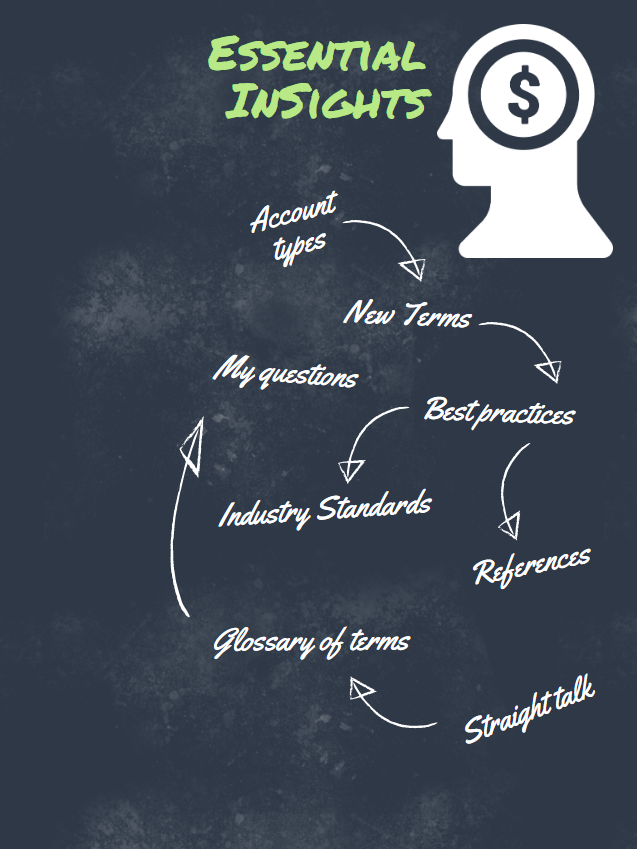Getting corporate retirement plan benefits for when you are going it alone
Annual Contribution Max: $57,000 or 25% employees pretax income
Why we like Solo 401(k)’s:
- Easy to administer, low-cost retirement plan designed for self-employed individuals and owner-only (spouse can be included) businesses.
- The plan can allow either traditional pre-tax or Roth (after-tax) contributions and can be updated as your InSight-full® plan requires
- They have a verbiage familiar to investors and are very similar to an employer sponsored 401(k)
- High contribution limits as contributions can be both employee deferrals and employer contributions
- Can add a profit sharing plan in addition to 401(k) called non-elective employer contributions. Employee elective deferral contributions don’t count against the plan contribution limit of 25%, so large contributions can be made (limited to $57,000 per person for 2020 ($63,000 if the participant is age 50 and over)
- Access to loans
Why we don’t like Solo 401(k)’s:
- Limited to business owner and spouse
- Is a little more complicated to set up than IRAs
Solo 401(k) plans, will also be referred to as individual or one-participant 401(k) plans, and can help maximize retirement savings for self-employed people and business owners that don’t have employees other than yourself or spouse. They work a bit like regular 401(k) plans, except that they allow you to add funds as both employer and employee.
First as an employee, you are able to contribute up to 100% of your self-employment income, to a max of $19,500 in 2020 or $26,500 if you’re age 50 or over. Generally as the employer you can add up to an additional 25% of your business’ income (or around 20% if you operate as a sole proprietor). Depending on your income level and the types of revenue practices you own, this dual contribution formula may let you contribute more than with other retirement plans, such as SEP IRAs, although the maximum contribution limits are the same ($57,000 if 50 or under/$63,000 if older).

